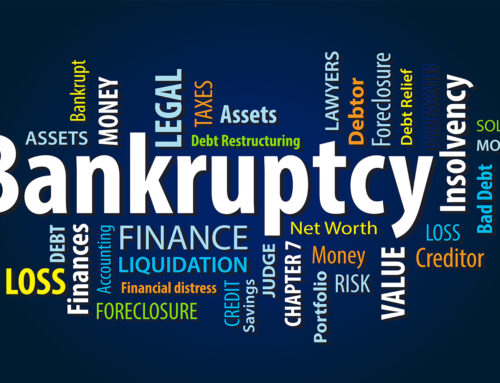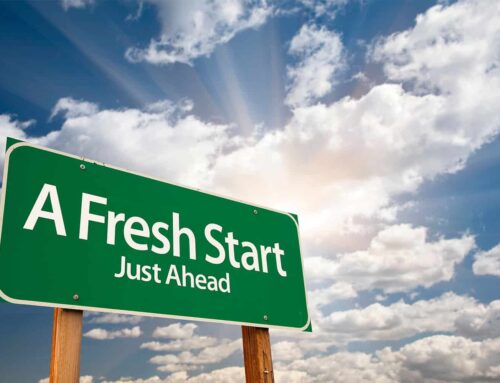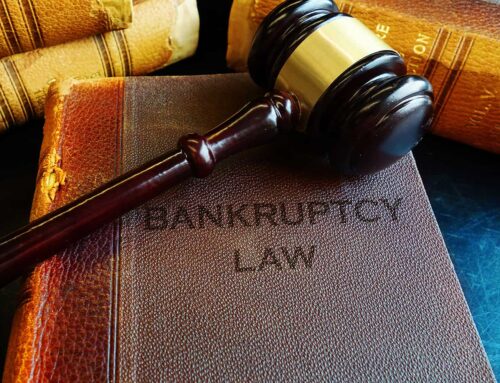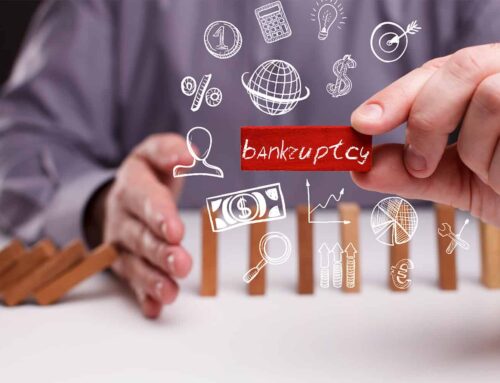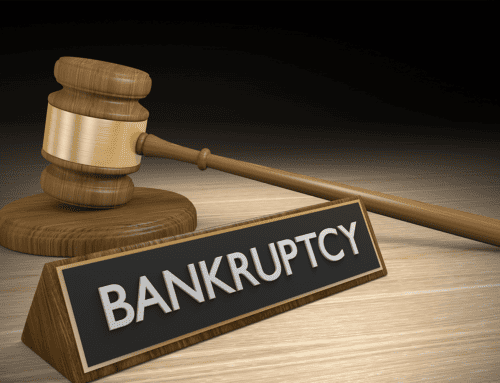Is there such a thing as good debt? That depends on who you ask. To Dave Ramsey, a prominent radio show host, author, and businessman, there is no such thing as good debt. He argues that even mortgages and student loans are unacceptable because all debt keeps you farther from accumulating wealth.
While Ramsey has a huge following and provides excellent financial advice, many (if not most) people tend to disagree with his stance that there is no such thing as good debt. Instead, they differentiate between good debt and bad debt. So who is right? It may be a matter of personal preference. We’ll present examples of what many qualify as good debt and let you decide for yourself.
Before we get to types of good debt, however, we need to define what bad debt is so that you can avoid it if at all possible.
Types of Bad Debt
Bad debt is, in general, debt used to finance the purchase of items that are overvalued, lose value quickly, not needed, more than you can afford, or fail to generate long-term income for you.
- Overvalued. The loan used to purchase an item is greater than the value of the item itself so that you couldn’t even sell the item to meet the debt requirement. One example of this is payday loan companies who charge exorbitant interest rates and can put you in an even worse financial position.
- Loses value quickly. Smaller item purchases or high-dollar purchases with extended payback timelines and high-interest rates result in you paying more money than an item is actually worth. It could even result in you making ongoing payments after you cease to have or use the item.
- Not needed or more than you can afford. Everyday items are typically wants, not needs. Things like clothing, vacations, jewelry, toys, and entertainment should be included in your budget and not financed over time. If you can’t afford all the things you want, a good idea is to make a goal to save money for them or simply ask yourself whether you really need another material item.
- Fails to generate long-term income. Many people will partially or fully finance a business deal that includes real estate, equipment, or the like to cover the upfront start-up costs with the goal of getting a return on their investment, paying off the debt, and generating a profit. If this fails to happen, it becomes a bad debt.
Types of Good Debt
Most people don’t earn enough money to purchase a car, pay for college, or buy a home outright. Thus these specific items are exactly what most qualify as “good debt”. Good debt could be defined as debt that will eventually yield a return that outweighs the cost.
To qualify for most high-dollar loans, people need an established, positive credit history on a credit report, which means that they may need some record of what often qualifies as “bad debt” to demonstrate that they successfully pay back their debts. Doing so earns a credit score, which is an essential factor in loan approval.
In general, a car or college degree should both increase your ability to earn income, either directly or indirectly whereas a house is necessary for a basic standard of living and can also increase in value. Ideally, a business investment, while being a risk, has the potential to generate a far greater return than what was initially invested and/or financed, which fosters the accumulation of wealth, and that is a positive.
Good Debt Gone Bad
Even things that are considered good debt have the potential to turn bad. For example, if you finance something that has a monthly payment that is more than what you can afford, then it is not good debt. Similarly, some are questioning the value of some degrees compared to the ever-increasing cost of college, the lack of certainty in the job market, and increasing student debt.
If you need help understanding your current debt situation and feel like filing bankruptcy might be right for you, contact Brent George Law today for a free consultation.

